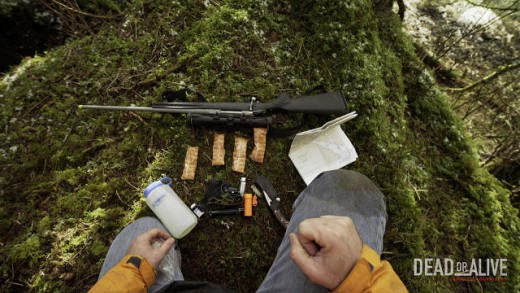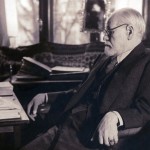existence And dying Get An severe Closeup In historical past Channel’s “lifeless Or Alive”
The express used to be born from brief film Random stop, about the killing of a sheriff. Are viewers ready for such visceral storytelling?
September 26, 2015
last summer season, filmmaker Ben Arfmann put viewers into the motive force’s seat of a activities visitors stop that went horribly unsuitable in Random cease. a short movie with an intimately mounted perspective, it told the story of the murder of Georgia sheriff’s deputy Kyle Dinkheller by means of “disturbed Vietnam veteran” Andrew Howard Brannan. A staff pick on Vimeo, the short caught the eye of producers on the history Channel, who contacted Arfmann about creating an original fixed level-of-view collection.
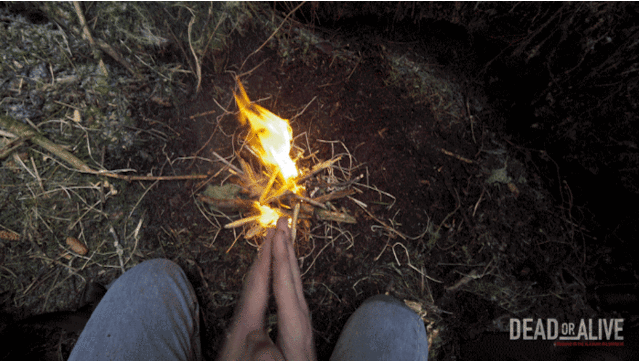
the result is dead or Alive, a pilot (extra on that later) historical past is broadcasting on Sunday, September 27. The episode tells the authentic survival story of a hunter misplaced within the Alaskan wasteland. Viewers will see the Alaskan rain wooded area during the eyes of the hunter, who struggles in opposition to giant storms, isolation, and absence of meals and water.
Arfmann says that lifeless or Alive is the tip made from an extended duration of building with the community. He and his group came from the perspective of trying to tell “edgy, provocative real stories,” very similar to Random cease. Some compromise was once needed.
“history has a very clear idea of their target market and what their audience desires to see,” Arfmann tells quick company. “So, over numerous iterations, all of us gradually found a story that linked with all our wants: one thing that had coronary heart and actual emotion, and was also expansive and inviting to history’s core viewership demographic.”
Arfmann and historical past Channel gave fast company a preview of the 1/2-hour useless or Alive pilot, and it packs a visceral punch. Like Random stop, the primary-particular person perspective feels natural. The performances are neither stilted nor gimmicky. past that, Arfmann’s group show that a POV standpoint could make a reenacted event dynamic—and offers filmmakers every other narrative option for storytelling.
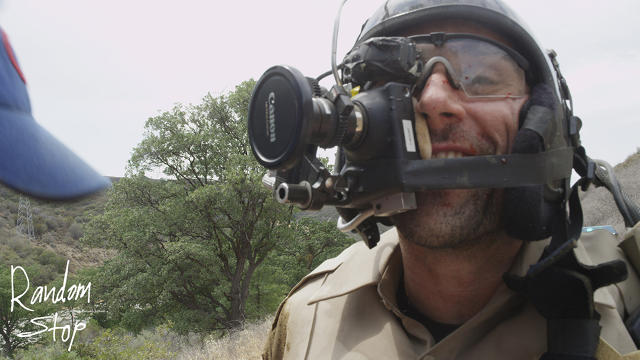
as an instance, when a information asks the hunter to box-gown (gut) a endure they’ve shot, viewers see and perhaps even feel his hesitation in plunging the knife into the bear, before staring at blood glide into the creek. When the two characters are separated, the suspense builds into a harrowing form of first-individual fear.
Arfmann and history are innovating in the best way the series will likely be delivered, as neatly. Viewers can watch useless or Alive on traditional linear tv, on demand, and on historical past’s web page, and on all of history’s apps. And Arfmann notes that the collection can be watched with Oculus Rift, Vive, and Samsung equipment virtual reality headsets, though it wouldn’t be a fully immersive expertise, as the series was once shot with conventional cameras, not 360-stage rigs. To shoot lifeless or Alive, a small crew of nine individuals went on region. It became, as Arfmann describes it, one thing of a survival state of affairs in its own proper.
“the absolute biggest challenge in dead or Alive was once the atmosphere in which we shot—Alaska is no comic story,” Arfmann says. “it is gorgeous because it’s untamed, however that magnificence can be unhealthy.”
“We faced crazy storms, exposure to flora and fauna, and basic rough-and-tumble conditions that would have made any movie manufacturing a nightmare,” he adds. “while you notice that we needed to do all that, plus put a digital camera on a guy’s face and throw him into freezing Alaskan waters or spray him down with infrequently simulated [and] occasionally actual rainstorms, neatly, it can be spectacular that we made it again in a single piece.”
a huge intention for Arfmann’s team was to avoid emphasizing the “gimmick” of POV, and as a substitute to means the whole endeavor as if they were filming a documentary during which the digicam simply occurs to be in the lead personality’s eyeballs.
“With Random cease, that meant trying really exhausting to steer clear of blocking that got here from the wishes of the digital camera, and as an alternative be certain that the whole lot grew out of the wishes of the characters,” Arfmann says. “For lifeless or Alive, we took this dedication to truth a couple of steps further [being] miles faraway from civilization, in far flung areas, enticing in our own little survival story whereas making the movie. I honestly assume it is that dedication to truth on set that bleeds thru into the finished product—it helps the entire undertaking really feel authentic.”
Arfmann says the perfect praise that any person pays certainly one of his POV projects is that “it felt real.” in response to what he’s viewed with viewers, their “bullshit meter” is so finely tuned that they’re going to not, with the aid of default, suspend their disbelief on first-particular person or real virtual reality POV movies.
“they’ll call out issues that really feel faux in an instant, and you have to look at that,” he says. “particularly when we look forward to fully immersive stories designed for platforms like the HTC Vive, the largest hurdle is going to be performance: Do the actors really feel like they may be acting, or do they appear to be truly residing via a real second in time?”
As the road between interactive and passive filmed entertainment starts to blur, Arfmann believes more tales shall be pitched as “experiences” reasonably than just “entertainment.”
“Video games are a just right information for this, as they have been wrestling with target audience agency for the reason that beginning,” Arfmann says. and firms like Valve and HTC are in point of fact opening the door for immersive, inventive solutions to the query of ‘how do you take individuals someplace they’ve by no means been earlier than?’”
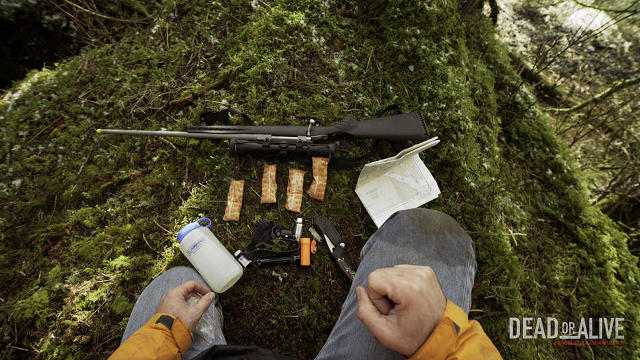
For now, Arfmann is hoping he’ll have the ability to take viewers to many different locations. Sunday’s pilot is a roughly proof of idea. should audiences chew, there is generally more dead or Alive episodes. And must history decide it up for a full run, Arfmann says he and his workforce will keep aiming to push the experiential envelope. additionally they need to stretch the idea that of what it approach to “continue to exist.”
“After two initiatives that position you within the shoes of hetero white American males, i’d absolutely love to tell the story of anyone from a radically different heritage,” Arfmann says.
“My biggest hope is that future episodes of the convey will begin to really make just right on the premise of ‘What does the arena seem like via anyone else’s eyes,’ and could be a real avenue for viewers to explore perspectives and backgrounds radically totally different from their very own.”
quick company , learn Full Story
(95)

